Astros jersey tribute
February 19, 2016
The Houston Astros will wear a new, alternative jersey on Sundays this season, which will pay homage to the club’s history.
The team unveiled a navy jersey at Fan Fest on Jan. 23. It has the same orange rainbow pattern running down the sides, which the team wore in the 70s and 80s.
The Astros name is in block letters in the familiar orange hue lined in white trim in an arch across the center of the chest.
When the team decided to embark on the journey of creating a new jersey, the first priority was to carry on the traditions and stay within the franchise’s DNA.
The second goal was not to create a throwback jersey, but instead create a modern-retro one.
Astros Historian Mike Acosta stated, “In 2000 we branded the team after the new stadium. We finally went back to our core in 2013. I feel we went back home.”
Acosta was referring to the Astros changing their colors from orange and navy to Brick Red, Smoke Black and Texas Limestone Sand to match the then Enron Field—now Minute Maid Park.
Team branding today is a major source of a franchise’s revenue, and the number one item that a team is associated with is their jerseys.
Team branding did not start with jerseys, it started with different color socks or leggings that were worn on top of the socks. Teams began to be known for the colors of their socks like the White Sox, Reds and the Red Sox.
In the 1960s when the Astros came into existence, teams still wore Home Whites and Road Grays uniforms.
In 1964, the Colt arms company wanted royalties for the name of Colt 45s. The franchise did not want to pay so they decided to change the name.
Original team owners Roy Hofheinz and Bob Smith chose the name of Astros over the name Stars—with the influence of Astronaut Allen Shepard—because of the city’s ties to the space program.
The second item that teams use for branding is their ball caps, and the Astros are no different. The Astros’ H and Star is also a tribute to the city’s history.
The Star is like the name; a nod to Houston’s ties to space exploration. The H goes deeper than the obvious for Houston; it was chosen to honor the Houston Buffs.
The Buffs were a Minor League team that played across from the University of Houston and were owned by the same group as the Astros in their final season.
The third most important branding ingredient is a team’s colors. Orange was picked because it was Hofheinz favorite color, while the navy blue was chosen because it complements orange and it was the primary color of the Buffs.
With the invention of color television in the 1970s, teams began experimenting with colored jerseys. The Astros were in the forefront of the trend and created the rainbow jersey that the team is best known for, even after 30 years of retiring that uniform.
The team also created another trend that is still in practice today, the use of alternating uniforms.
The Astros team owner in the 80s, John McMullen, decided to give the team a Sunday uniform like his father gave him a Sunday suit for church. McMullen wanted the team to look their best on Sunday home games.
The creation of this new jersey was built on the same principle. The team will represent the culture that is the Astros with the navy and rainbow jerseys on Sundays.
After the unveiling of the alternate jersey, fans were buzzing with excitement and flocked to the team store to purchase replica versions and to order customized, original game-day jerseys.
Mike Wallace of Tomball, TX stated, “I had to order one. Blue is my favorite color and the Astros are my team. This jersey is now my favorite, even better than the 80s Rainbow one.”
With less than two week for spring training and a little more than a month and a half until opening day, fans can get their team gear ready, so they can come out to the ball game and cheer on their Astros to victory in 2016.







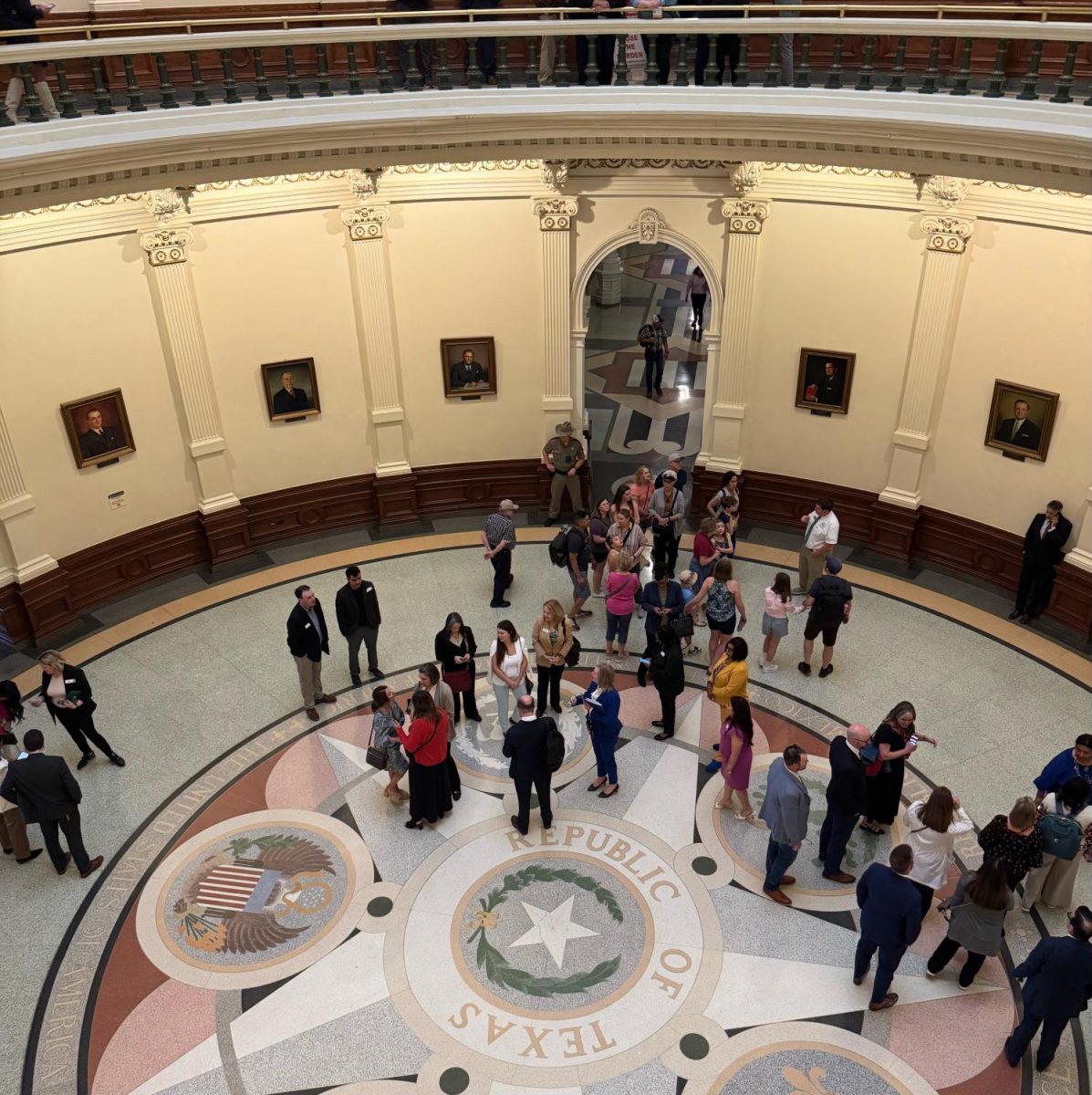



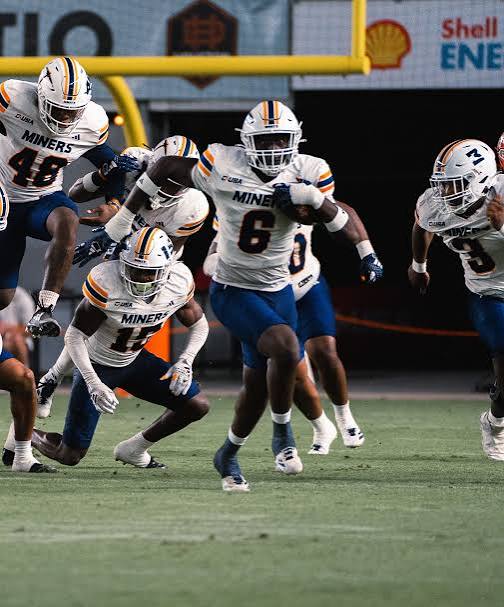

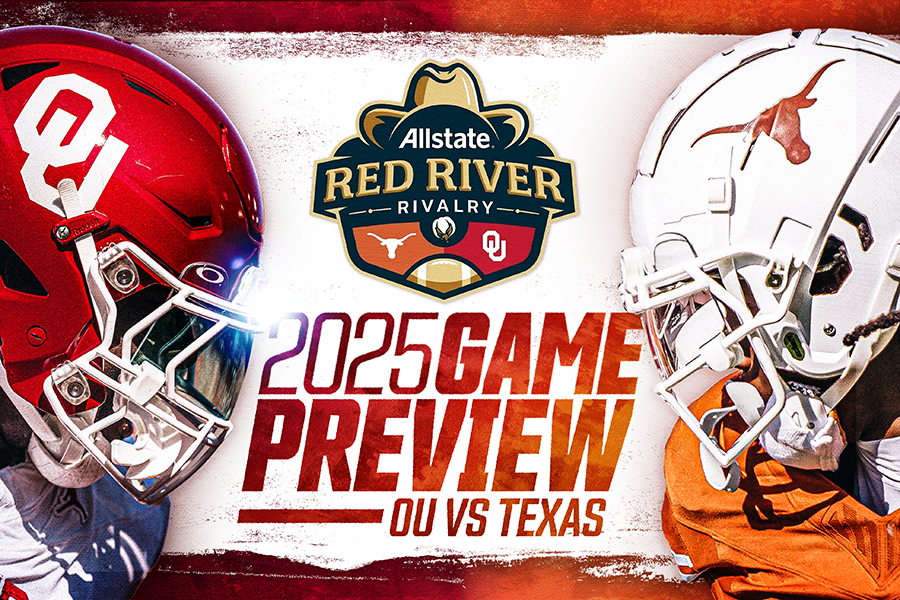

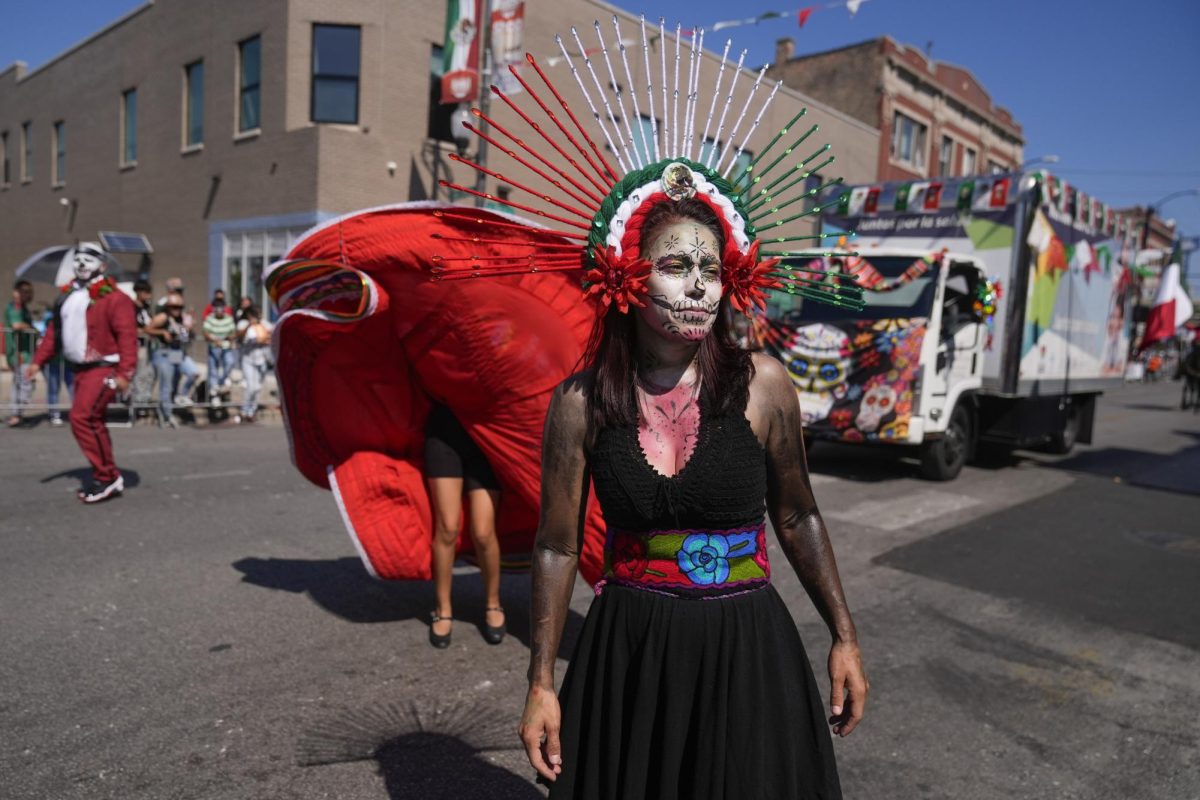
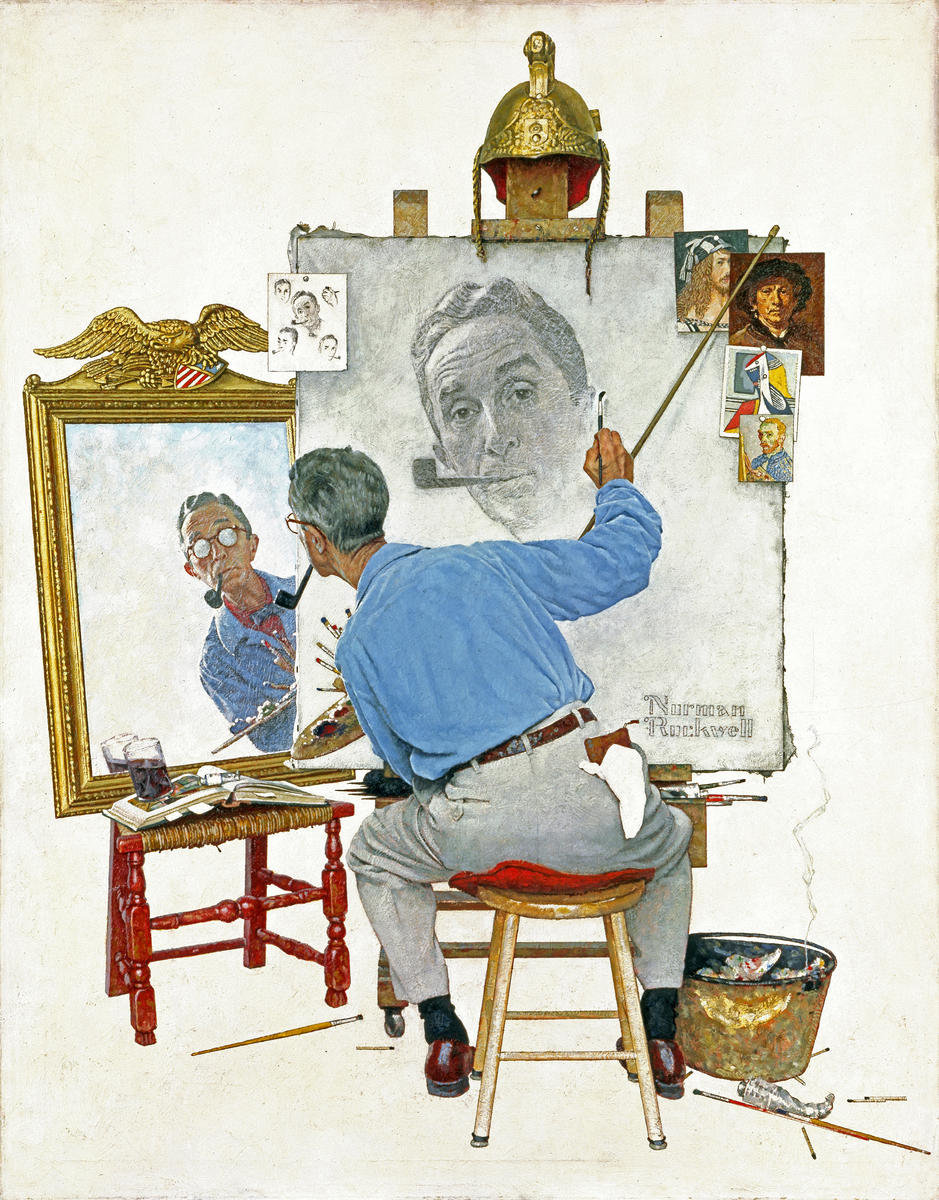




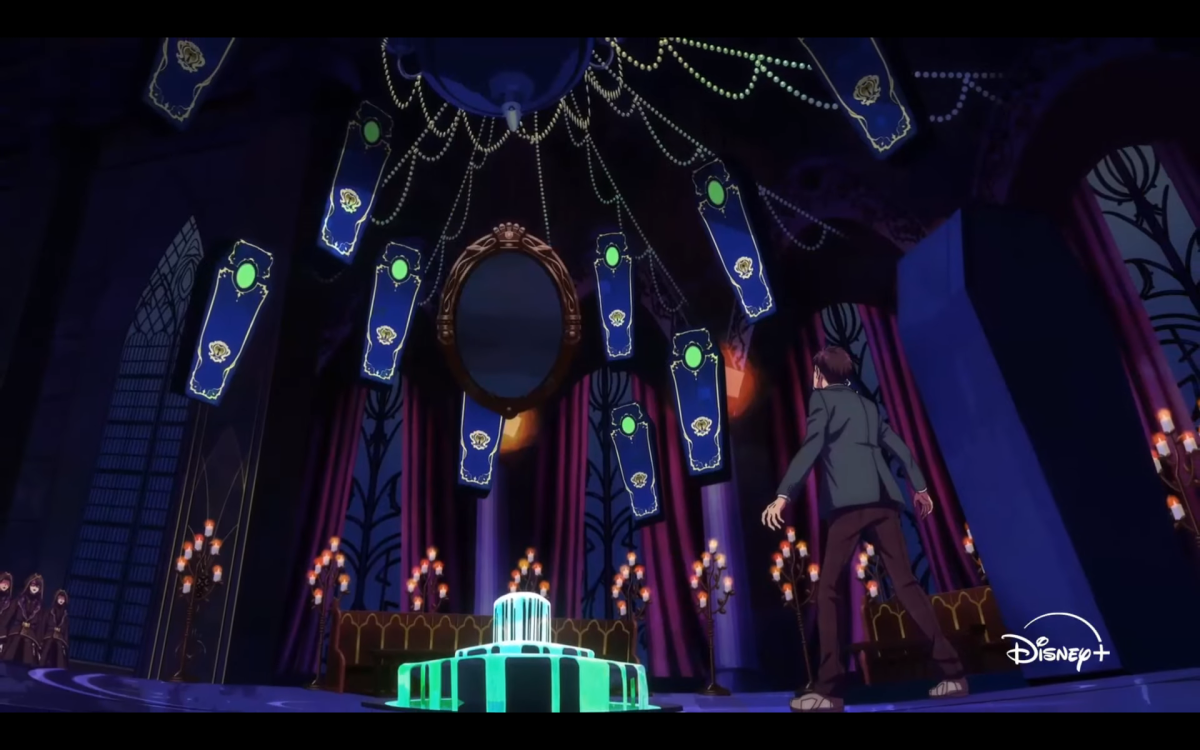
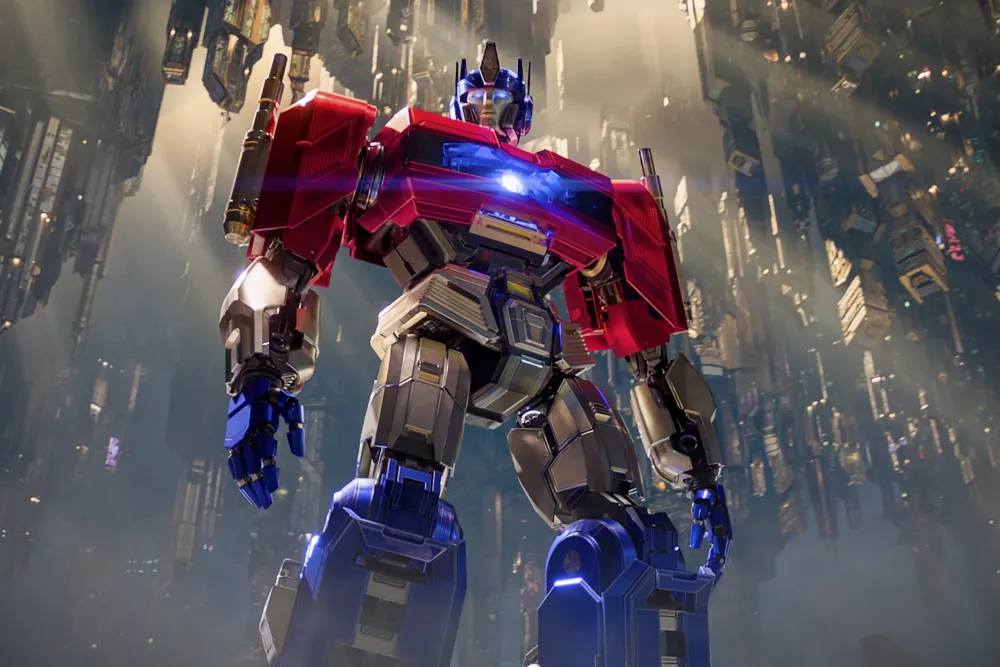



Darrell Pittman • Feb 20, 2016 at 10:05 am
Color television was not “invented” in the 1970s. All-electronic color TV was in introduced in the U.S. in 1953, and in widespread use by the mid-to-late 1960. Experiments with mechanical systems date to the 1920s.